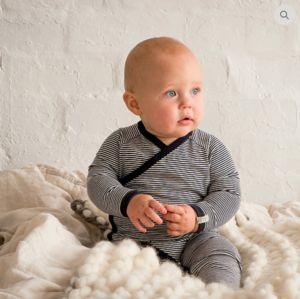December 7, 2017 Hygge in the Early Years



Your nursery or education environment should be a place of HYGGE.
At The Curiosity Approach, we first introduced the word Hygge, in our latest book The A-Z of The Curiosity Approach 2017, but what does it mean and why should we pay attention to the physical environment we provide for children?
Hygge (pronounced hue-guh not hoo-gah) is a Danish word used when acknowledging a feeling or moment, ordinary or extraordinary as cosy, charming or special.
Hygge is a feeling you cannot translate.
It’s about a space that promotes emotional well-being, togetherness and friendship. It’s a place children, can feel comfortable to snuggle down or explore with confidence.
Far removed from an institutionalized sterile setting, hygge offers children within your setting a sense of security and well-being. An extension of their home and not a watered-down version of school.
Maria Montessori said “adults admire their environment; they can remember it and think about it – but a child absorbs it. The things he sees are not just remembered; they form part of his soul. He incarnates in himself all in the world about him that his eyes see and his ears hear”.
As we are all aware in Early Years levels of well-being are fundamental to children’s development and progress. Thoughtful caring practitioners, ensure secure relationships are formed, building connections and helping children to settle into nursery life. Practitioners must not only work hard to develop these attachments, remembering the physical environment is fundamental to children’s well-being too.
In the 1800s, Friedrich Froebel stressed the importance of environmental design in terms of a garden: natural, organic, and ever-changing. He maintained that when care is applied to a child’s surroundings, behaviour can be guided and inspired. The simplest of spaces can become a haven of play and learning
“When children feel comfortable in their physical surroundings, they will venture to explore materials or events around them.” –Anita Rui Olds
What is well-being?
Well-being is a particular state or feeling that can be recognized by satisfaction, enjoyment & pleasure. The person is relaxed and expresses inner rest, feels the energy flow and radiates vitality, is open to the surroundings, accessible and flexible.
Professor Ferre Laevers:
Enjoyment – The children look happy, smile or laugh easily, engage spontaneously in chatting or even singing
Relaxed and inner peace children have a relaxed and open expression, not feeling wary or uncomfortable in any way.
Vitality children’s body language is strong, their chest and head is high and not slouched. Their expressions are radiant and bright.
Self-confidence children are confident in their own self and abilities.
Why are we doing what we are doing? Many have questioned, who is it for?
Only today, my attention was drawn to an amazing quote which totally encapsulates our thoughts and feelings at The Curiosity Approach:

How can we bring Hygge to our provision?
Within a Hygge setting, there will be a calm relaxed feel to the play space with areas for children to retreat and get comfortable or cosy.


Hygge within your early years provision will help impact learning and ensure we value the children within! Cherish the little miracles we have the privilege of educating and create environments that show them how special and unique they really are.
At The Curiosity Approach education is not drip fed through the tops of children’s heads, it comes from the heart and soul and only with true connections of heart and mind can we truly educate the whole child.
Written by Stephanie Bennett
This article was written by Stephanie Bennett, One of the Co-founders of The Curiosity Approach, alongside Lyndsey Hellyn. We're more than just another consultancy company, together we want to impact on early years. To make a change to the educational system. To inspire practitioners to bring back curiosity, awe and wonder to childhood and to the lives of educators.
Curious is our monthly publication that focuses on one inspirational ingredient of The Curiosity Approach each month. It opens out into a quality A2 poster, which can be displayed in your provision to excite and inform your team and/or families. We use beautiful imagery from our own settings, to help spark the visual learners amongst us, along with hints and tips on how to bring this aspect to your setting to create exquisite yet practical environments that feed our children's hearts and souls.
Enter your details and receive the latest edition free of charge.